Bitcoin strengthened and made an upward spurt to a swing high of $24,000. Moderate news background and an uptrend in stock indices gave cryptocurrency some room for growth. Long-term investors played an important role in Bitcoin's stabilization and bullish momentum, resuming active cryptocurrency accumulation. Despite this, BTC miners are approaching the next stage of capitulation and mass sell-offs.
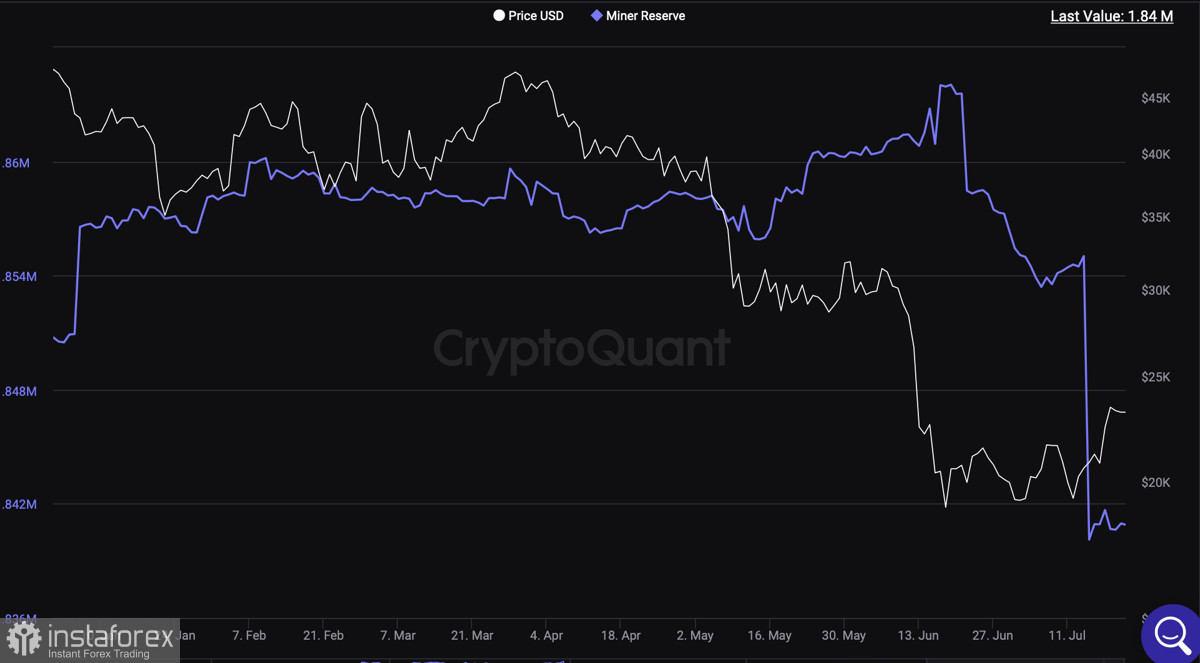
The capitulation of miners peaked at the end of June when Bitcoin mining companies sold off all the coins accumulated during May. At the same time, it was reported that the Iranian government deprived more than 1,000 registered miners of electricity, and the total credit load of the industry reached $5 billion. With such inputs, miners were actively selling off their BTC holdings to get quick liquidity and cover current expenses. After a massive capitulation at the end of June, miners once again turned to accumulate cryptocurrency.
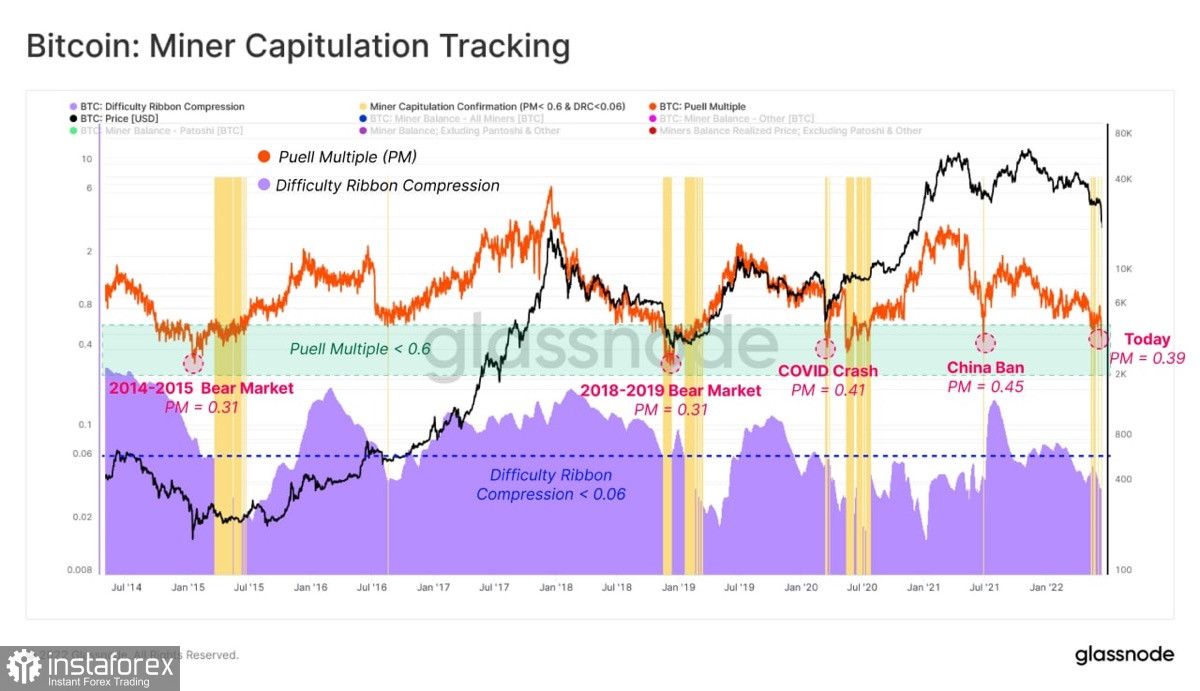
However, sell-offs resumed in mid-July, and last week miners' balances fell by 14,000 BTC coins. On top of that, the difficulty of mining Bitcoin was reported to have dropped by 5%. This is the biggest drop since the summer of 2021 when China announced a total ban on mining and cryptocurrencies in the country. The current mining crisis has been triggered by high inflation, difficulty in obtaining liquidity, and the energy crisis. At the same time, the situation is unlikely to change drastically in the near future.
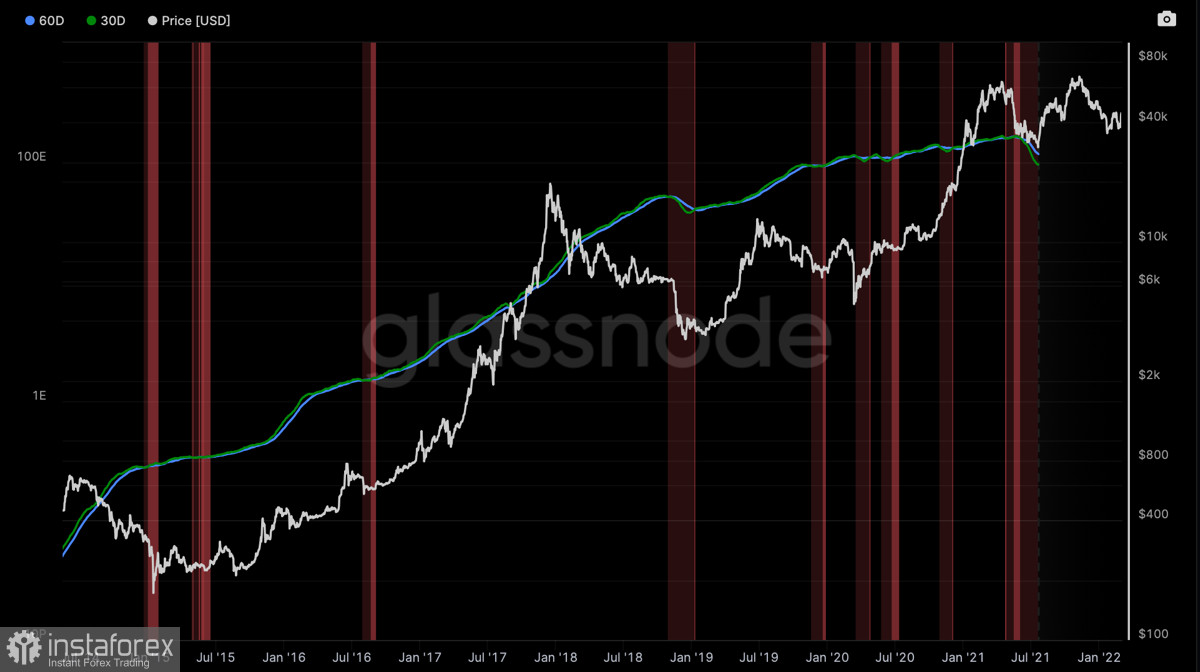
The Bitcoin hashrate indicator points to a capitulation of miners. This is indicated by the 30-day moving average, which is moving at 60 MA, indicating a decrease in miners' profitability and the presence of losses. At the same time, this indicator shows that the bottom has been reached because if we consider similar situations in the past, you can see a significant increase in the indicator after the formation of a bullish crossover.

At the same time, we see that the Miner Revenue metric has acquired an uptrend and is close to reaching a local high. The growth of the metric occurred as Bitcoin quotations stabilized and the downtrend line was broken through. This suggests that miners' remuneration for mining a block is increasing, which increases the company's profitability and its ability to cover current costs. Despite this, small mining companies still continue to sell Bitcoins, as the volume of mined blocks is not enough to fundamentally change the situation.
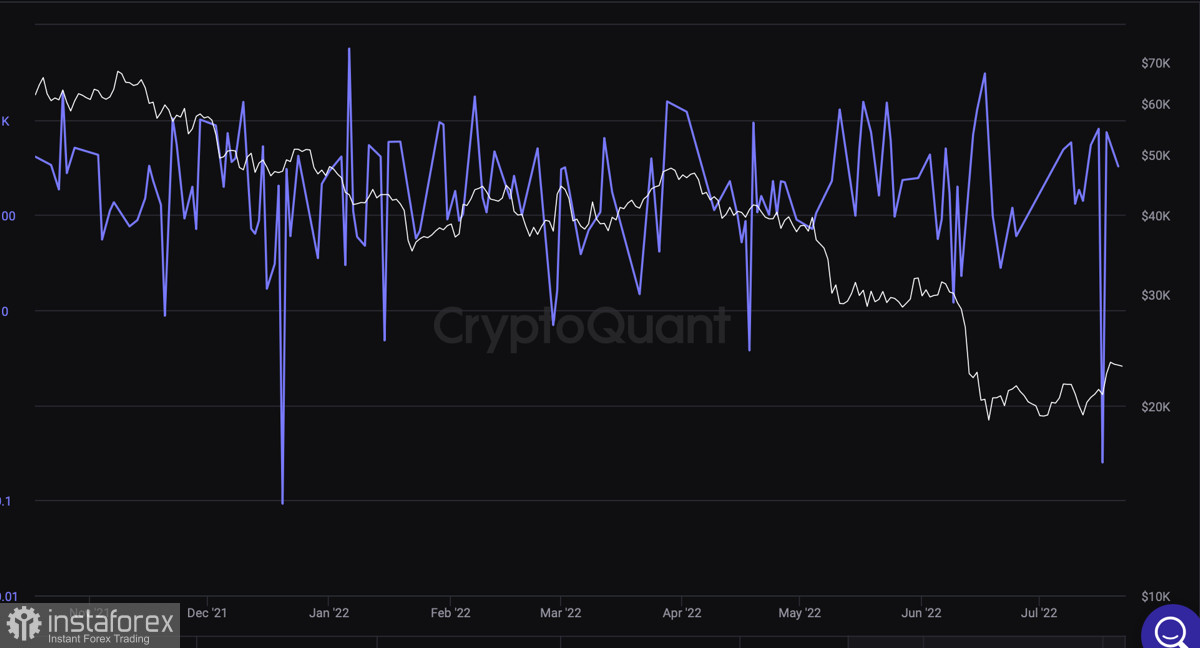
As for miners' overall balances, after a record drop commensurate with surrender and a similarly sharp recovery, BTC inventories have begun to fall again. Taken together, these factors suggest that mining companies continue to sell Bitcoins in large volumes for quick liquidity. Over the past three weeks, BTC sales by miners have been at their peak since January 2021. This suggests that until the massive liquidity and energy crisis is over, miners will continue to sell Bitcoin.
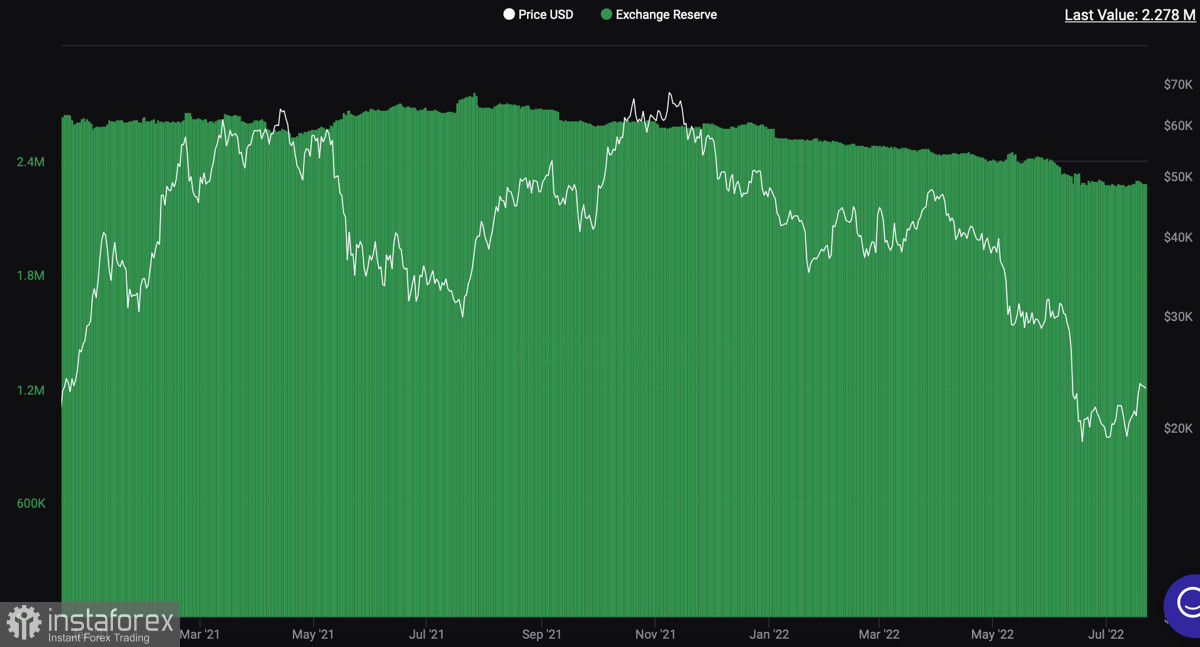
However, the sell-offs are unlikely to influence Bitcoin's price. The current rate of accumulation is high enough for the redistribution of BTC coins to occur without harming the price. Over the past 90 days, there has been a significant increase in the number of wallets holding up to 1 BTC. The total balances of BTCs on exchanges are slowly but surely falling.
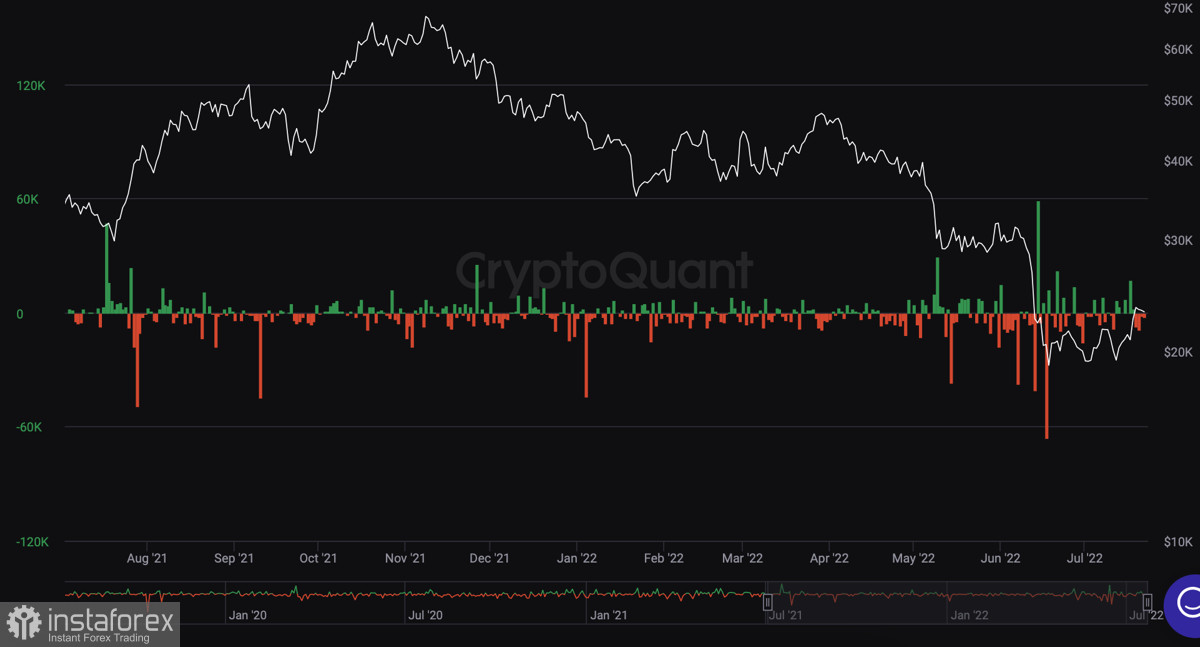
At the same time, macro trends continue to put pressure on markets and investors. Consequently, sales volumes remain high and the situation has only stabilized. The Exchange NetFlow metric signals that large volumes of Bitcoin continue to inflow to the exchange, and therefore one should not expect a long-term upward movement of BTC/USD.
 English
English 
 Русский
Русский Bahasa Indonesia
Bahasa Indonesia Bahasa Malay
Bahasa Malay ไทย
ไทย Español
Español Deutsch
Deutsch Български
Български Français
Français Tiếng Việt
Tiếng Việt 中文
中文 বাংলা
বাংলা हिन्दी
हिन्दी Čeština
Čeština Українська
Українська Română
Română

